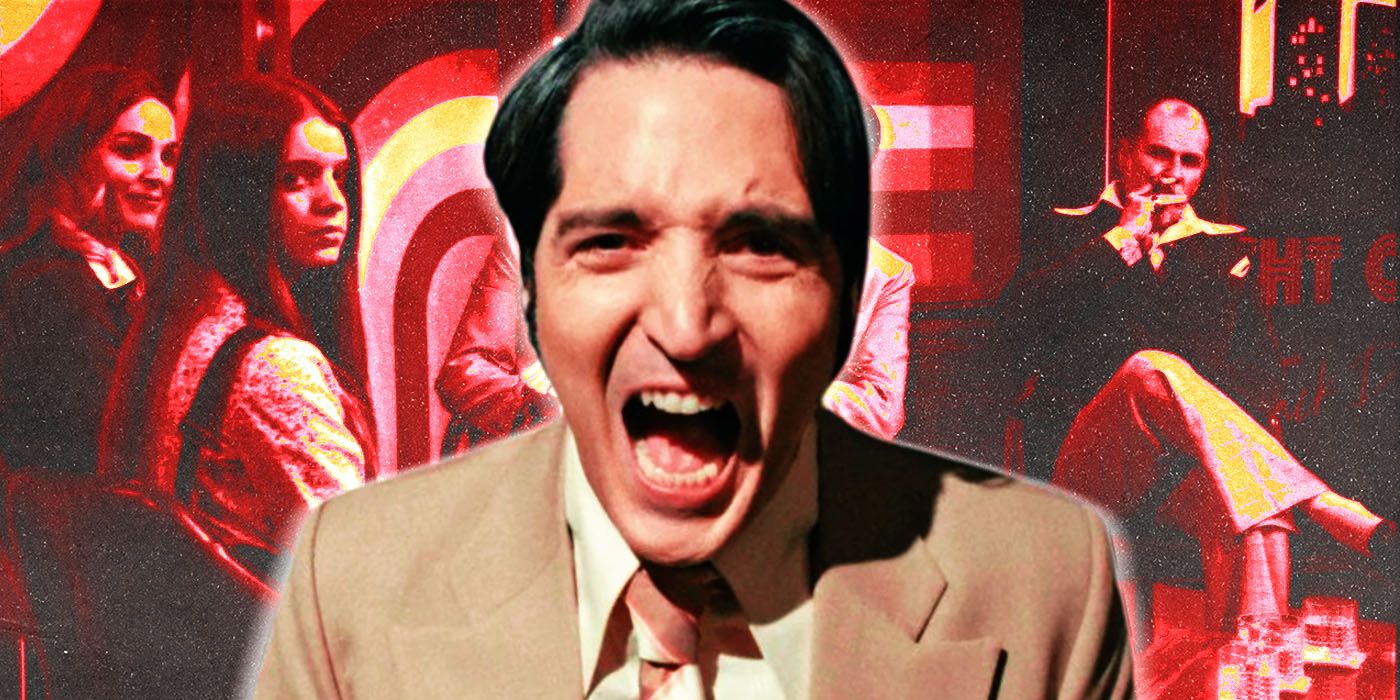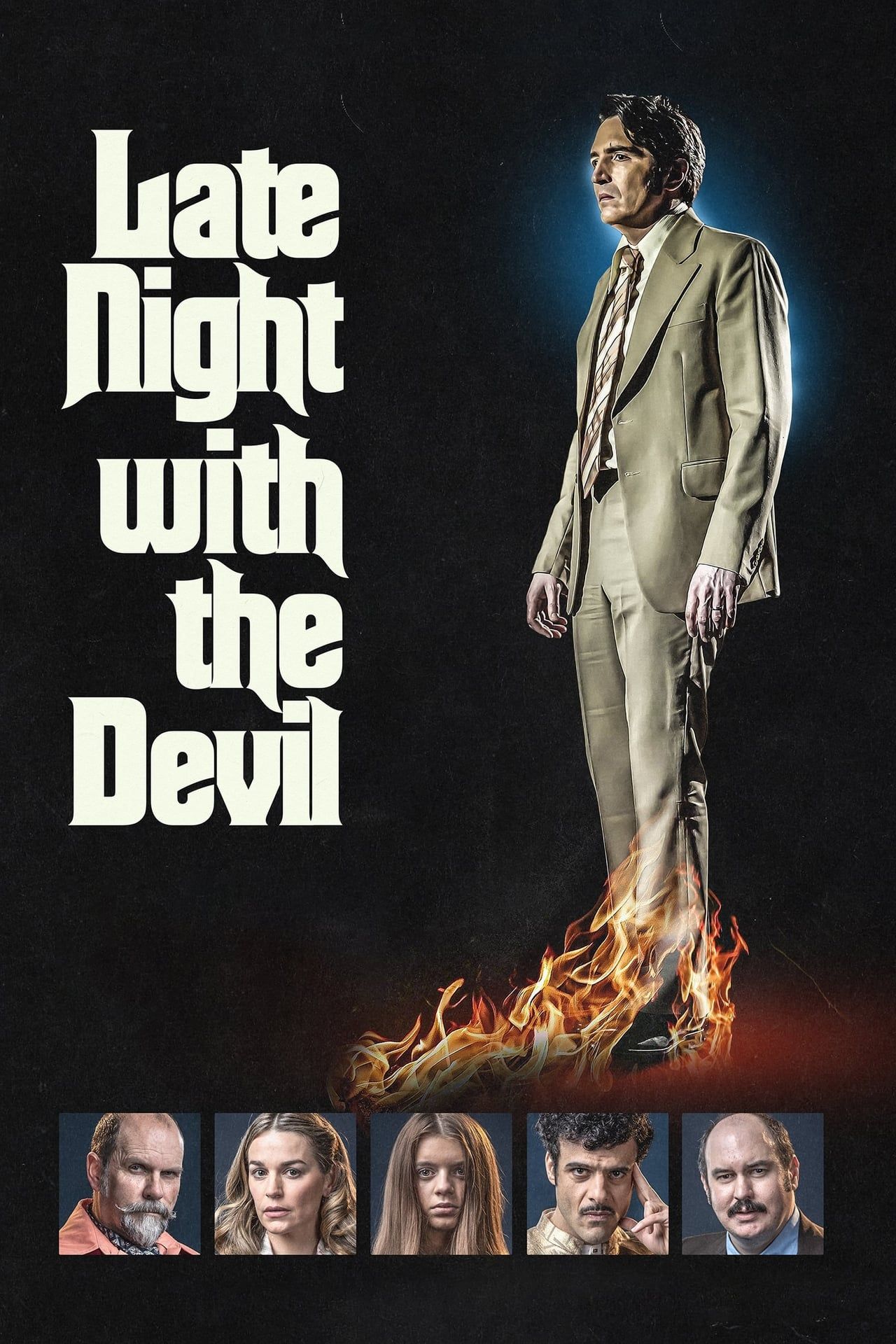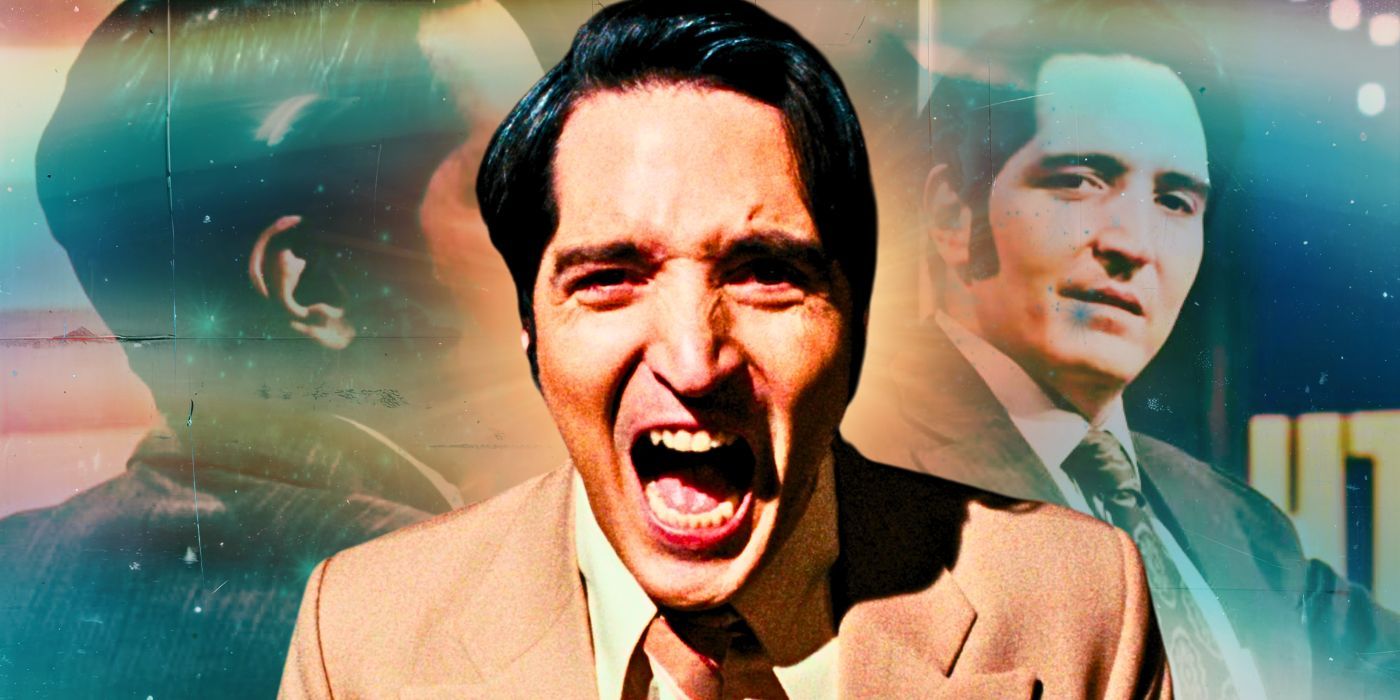Alright folks, let’s dive into the twisted world of “Late Night with the Devil.” If you’ve been scratching your head trying to make sense of the ending, well, you’re not alone. The devilish plot twist has left many viewers questioning reality itself. So, buckle up because we’re about to break it all down for you.
It’s one of those movies that sticks with you long after the credits roll. “Late Night with the Devil” isn’t just another horror flick; it’s a mind-bending journey through the dark corridors of human desire and regret. The film plays with our perceptions, making us question what’s real and what’s just a figment of someone’s imagination. Trust me, this isn’t your grandma’s ghost story.
But why does the ending matter so much? Well, it’s like the cherry on top of an already rich sundae. Without understanding the finale, the whole movie feels incomplete. And hey, who doesn’t love a good mystery wrapped up in a neat little package? Let’s get into it and unravel the devil’s web together.
Read also:Remembering Paul Walker The Impact Of His Untimely Death
Table of Contents
- Introduction
- Movie Overview: What’s Late Night with the Devil About?
- Main Characters: Who Are They Really?
- The Ending Decoded: What Happens?
- Symbolism in the Film: Hidden Meanings
- From a Psychological Perspective
- Religious Influence: Is It Biblical?
- Fan Theories: What Do Viewers Think?
- Comparison with Other Devil Movies
- Conclusion: Wrapping Up the Devil’s Tale
Movie Overview: What’s Late Night with the Devil About?
First things first, let’s recap the story of “Late Night with the Devil.” Imagine this—you’re stuck in a creepy old diner late at night, and the only other person there is a guy who seems way too interested in your life. That’s pretty much the setup. Our protagonist, played by the talented Ryan Kwanten, finds himself in a situation where the lines between reality and fantasy blur.
This movie is more than just a supernatural thriller. It’s a deep dive into the psyche of someone who’s lost everything and is desperate to reclaim their life. The devil, portrayed brilliantly by Clive Standen, offers a deal that sounds too good to be true. But as we all know, nothing comes without a price.
Key Plot Points to Keep in Mind
- Protagonist hits rock bottom and seeks redemption.
- Devil appears as a charming stranger in a diner.
- Deal made over a cup of coffee sounds simple but has hidden strings.
Main Characters: Who Are They Really?
Now, let’s talk about the characters. Every great movie has memorable characters, and this one doesn’t disappoint. Ryan Kwanten plays the role of a man haunted by his past mistakes. His character is relatable because, let’s face it, we’ve all been there—wondering if we could go back and change things.
Then there’s the devil, or should I say, the charming stranger with a sinister smile. Clive Standen brings a level of sophistication to the role that makes you question whether he’s truly evil or just misunderstood. Or maybe he’s just really good at his job. Either way, his performance is captivating.
Character Breakdown
| Character | Role | Backstory |
|---|---|---|
| Protagonist | Man seeking redemption | Lost his family due to bad choices |
| Devil | Supernatural entity | Travels through time offering deals |
The Ending Decoded: What Happens?
Alright, here’s the big question—what the heck happens at the end? Spoiler alert, if you haven’t watched the movie yet, you might want to do that first. The ending leaves you questioning whether the protagonist made the right choice or if he’s just fallen deeper into the devil’s trap.
Without giving too much away, the final scene shows our hero back in his old life, seemingly happy and content. But wait… there’s something off about it. It’s almost as if everything is too perfect, too pristine. That’s when the camera lingers on a small detail that makes your stomach drop. Did he actually win, or did he lose everything?
Read also:How To Legally And Ethically Manage Text Message Marketing Campaigns
Key Elements of the Ending
- Protagonist appears to have a second chance.
- Subtle hints suggest things aren’t as they seem.
- Final shot leaves viewers questioning reality.
Symbolism in the Film: Hidden Meanings
“Late Night with the Devil” is rich with symbolism. From the setting to the objects used in the film, every detail has a deeper meaning. The diner itself represents a place of transition—a liminal space where anything can happen. It’s not just a random location; it’s a metaphor for the crossroads we all face in life.
Then there’s the coffee. Oh, the coffee. It’s more than just a beverage; it’s the medium through which the deal is sealed. Think about it—how often do we make life-changing decisions over a cup of coffee? Probably more than we realize.
Symbolic Elements
- Diner – Represents liminal space.
- Coffee – Symbolizes the contract.
- Devil’s Smile – Hints at underlying motives.
From a Psychological Perspective
From a psychological standpoint, “Late Night with the Devil” explores themes of regret, redemption, and the human desire for control. The protagonist’s journey is a reflection of our own struggles with making the right choices. We’ve all been in situations where we’ve wondered, “What if I had done things differently?”
The devil, in this case, represents the darker side of human nature—the part of us that whispers tempting offers in our ear. It’s not just about making a deal; it’s about confronting our inner demons and deciding whether we’re willing to pay the price for what we want.
Religious Influence: Is It Biblical?
Many viewers have drawn parallels between the movie and biblical themes. After all, the devil is a figure deeply rooted in religious texts. The idea of making a deal with the devil is a common trope in literature and film, often symbolizing the moral dilemmas we face in life.
However, the movie doesn’t explicitly rely on religious dogma. Instead, it uses these themes as a backdrop to explore universal human experiences. Whether you’re religious or not, the story resonates because it’s fundamentally about the choices we make and their consequences.
Fan Theories: What Do Viewers Think?
The internet is buzzing with fan theories about “Late Night with the Devil.” Some believe the entire movie takes place inside the protagonist’s mind, while others think the devil is a manifestation of his own guilt. One popular theory suggests that the ending is cyclical, meaning the protagonist is doomed to repeat the same mistakes over and over again.
What’s your take? Do you think the protagonist got what he wanted, or is he trapped in a never-ending loop of regret? Share your thoughts in the comments below.
Comparison with Other Devil Movies
When it comes to devil movies, “Late Night with the Devil” holds its own against classics like “The Devil’s Advocate” and “Constantine.” What sets it apart is its focus on the psychological aspects of the deal-making process. Instead of relying on special effects, the movie delves deep into the characters’ motivations and fears.
It’s a refreshing take on a well-worn trope, proving that sometimes the scariest things are the ones that happen inside our own heads.
Similar Movies
- The Devil’s Advocate
- Constantine
- Legion
Conclusion: Wrapping Up the Devil’s Tale
So, there you have it—the lowdown on “Late Night with the Devil” and its mind-bending ending. Whether you’re a fan of horror, drama, or just a good old-fashioned devilish deal, this movie has something for everyone. The key takeaway is that every choice we make comes with consequences, and sometimes the price isn’t always clear upfront.
What did you think of the ending? Did it leave you satisfied or scratching your head? Let us know in the comments below. And if you enjoyed this breakdown, don’t forget to share it with your friends. Who knows? Maybe they’ll find their own devilish twist in the story.


